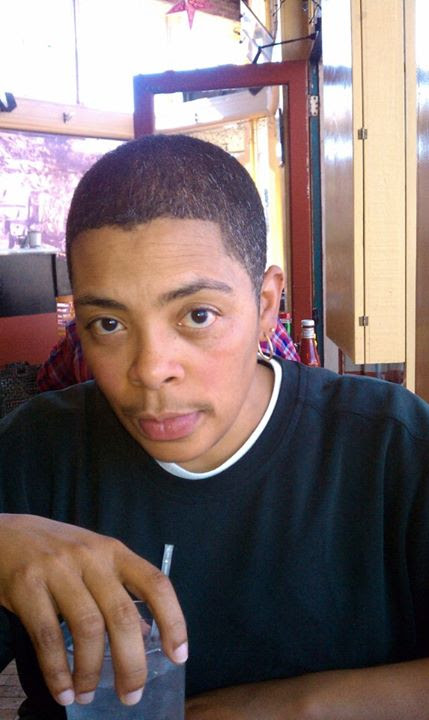 I recently attended a Community Schools Forum in Cincinnati that brought together more than 1,500 community schools professionals, including government officials, superintendents, principals, teachers, community-based organizations (CBO) and nonprofit program staff, social workers, parents and students.
I recently attended a Community Schools Forum in Cincinnati that brought together more than 1,500 community schools professionals, including government officials, superintendents, principals, teachers, community-based organizations (CBO) and nonprofit program staff, social workers, parents and students.
For those of you who may have been living under a rock, the community schools model leverages partnerships and resources to increase opportunities for youth, families and communities. As the budgets to fund public schools decrease, the need to collaborate with outside agencies has become an attractive option for school districts across the country. In other words, the community schools model is hot right now.
I was sitting in a workshop on partnerships when the presenter said, “I once read in an article by a woman whose last name is Hill that schools and nonprofit partners have to get married,” describing the level of commitment necessary to succeed. Once I had wrestled my inner dork to the floor so that she wouldn’t scream out, “That’s ME! That’s ME!” I was proud that the metaphor from the article I had written had made its way into a random workshop, and I had even been cited.
That was pretty thrilling. But my happiness was short lived as the presenter took the conversation in a direction that made me increasingly uneasy. It was the angle that I have heard many times from school district staff. The one whereby, even though the school claims to practice community schools strategies, it has already set an agenda and the vision without input from a community partner. It will shop around for an organization that will help implement their plan and if the CBO program cannot or does not fill the need, it is told to kick rocks. What the presenter alluded to seemed more like friends with benefits or maybe even modern marriage. The marriage that my metaphor referred to in the article is more “old school.”
I became the director of a Beacon Center in San Francisco in 2009. My original plan for creating a quality OST program was to go with business as usual: school staff taking care of instructional time and my program taking over after dismissal. However, the school I was working with was chosen to implement the community schools approach. After a lot of studying on both the principal’s and my parts, we realized that our new relationship was going to be anything but business as usual. We recognized that when a school and CBO decide to partner, it necessitates a fairly significant shift in their traditional relationship. Most notably, the school’s CBO partners move from independent entities working to actualize the school’s vision in tandem to interdependent stakeholders who help co-craft and implement that vision together. With the sharing of resources also comes the opportunity to share leadership.
Five years later, my school and the Beacon Center enjoy the comfort of that “old school” style marriage, wherein our common and co-created goal for the success of our students, families and communities, has remained constant. This process has been by no means easy, or elegant. However, two of the lessons that we’ve learned are to not be afraid of imperfection in our relationship and to recalibrate when necessary. The school had to change how it saw its role and how to function within our collaboration, and my CBO program had to do the same. The result is an identity that uniquely and authentically works for us both, forged in trust and mutual respect.
As the community schools movement continues to grow and become embedded in more school districts, this process of separate parties joining forces to help young people and their families succeed will figure more prominently. When the two parties are in it for the long haul — in budget deficit or surplus, through low test scores and graduation rate spikes, through displacement because of building reconstruction and expansion of joint roles and responsibilities — then that relationship is as close to a marriage as you get. It may not be a commitment ‘til death do them part, but a strong, long term, reliable and productive school/community partner relationship trumps a friends with benefits collaboration, every time.
Carol R. Hill is the director of the Bayview Beacon and the author of “Powersharing: Building Community School Relationships from Friendship to Marriage,” published in Afterschool Matters, Fall 2011. Hill is working on her doctorate in education at San Francisco State University.






























